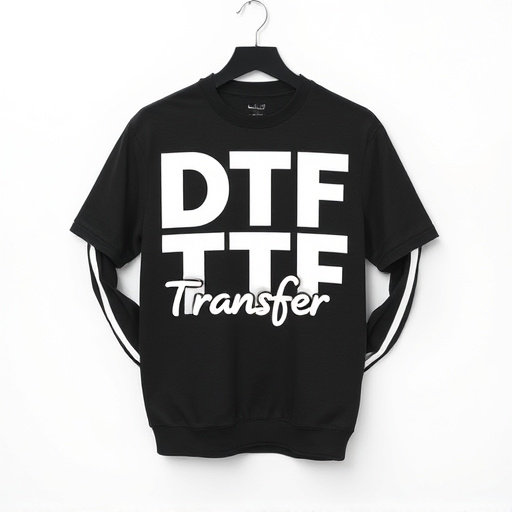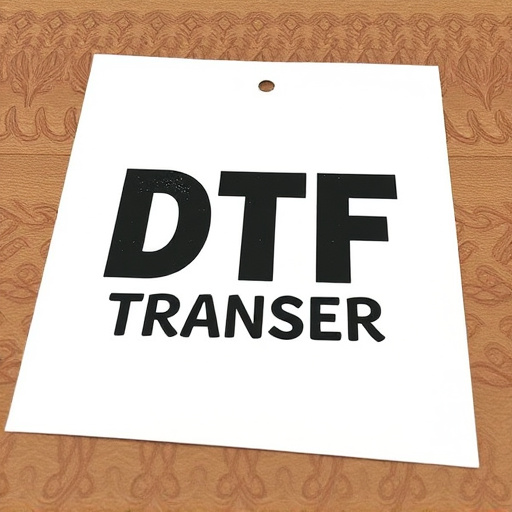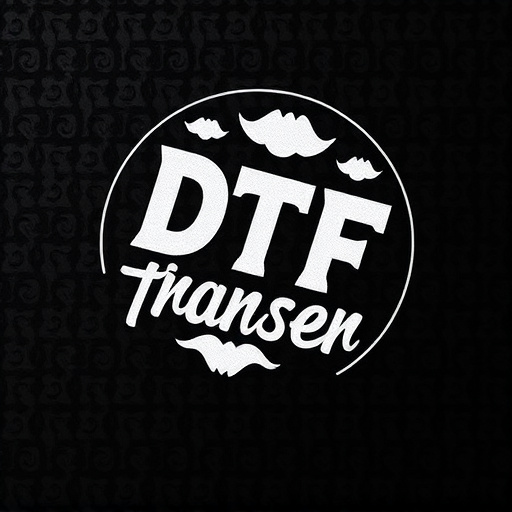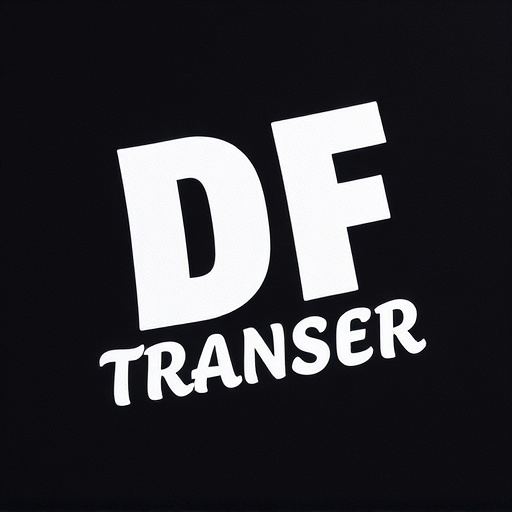Direct-to-fabric (DTF) transfer technology revolutionizes textile printing by directly applying inks to fabric, resulting in vibrant, precise designs with diverse applications. Its key advantages include speed, efficiency, cost savings, and durability—even after intense washing. DTF is ideal for fashion, sportswear, and home textiles, offering exceptional color accuracy and intricate design capabilities. Choosing the right synthetic fabrics, pre-treating them, using high-quality inks, and proper care ensure long-lasting prints. Challenges in achieving consistent quality on various synthetic materials require understanding their unique properties and optimizing printing techniques, but DTF has proven effective through numerous successful case studies.
Discover the transformative power of DTF Transfer in revolutionizing synthetic fabric applications. This article delves into the intricacies of DTF Printing, exploring its advantages and compatibility with diverse synthetics. From understanding the DTF process to selecting optimal substrates, we provide practical insights for long-lasting transfers. We analyze common challenges, offer solutions, and present inspiring case studies showcasing successful real-world implementations of DTF on synthetic fabric products.
- Understanding DTF Transfer and its Fabric Applications
- The Advantages of DTF Printing for Synthetic Fabrics
- Choosing the Right Substrates for DTF Prints
- Techniques to Ensure Longevity of DTF Transfers on Synthetic Fabrics
- Common Challenges and Their Solutions in DTF Printing for Synthetics
- Case Studies: Successful Implementaion of DTF Transfer on Synthetic Fabric Products
Understanding DTF Transfer and its Fabric Applications

Direct-to-fabric (DTF) transfer is a cutting-edge technology revolutionizing the way we print on textiles. This process involves transferring inks or dyes directly onto fabric, enabling intricate and vibrant designs with exceptional precision. DTF offers a wide range of applications, from custom clothing and accessories to promotional products and home decor. The key advantage lies in its ability to produce high-quality, long-lasting prints on various fabric types, making it a versatile choice for designers and manufacturers alike.
DTF printing has gained immense popularity due to its speed and efficiency. It eliminates the need for traditional screening or plate-making, reducing production time and costs significantly. This technology allows for easy customization, enabling businesses to cater to diverse customer demands swiftly. Moreover, DTF transfers can withstand harsh washing conditions, ensuring that printed fabrics retain their vibrancy and durability even after repeated use.
The Advantages of DTF Printing for Synthetic Fabrics
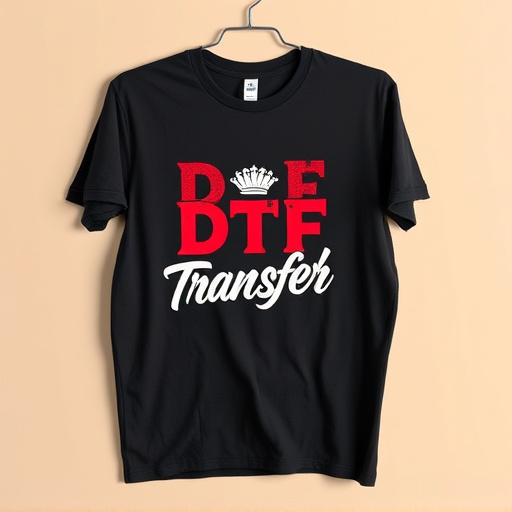
Direct-to-fabric (DTF) printing offers a myriad of advantages for synthetic fabrics, making it a popular choice among manufacturers and designers. One of its key strengths is the ability to produce high-quality, vibrant prints on a wide range of synthetic materials, including polyester, nylon, and spandex. This method allows for intricate designs and detailed images with excellent color accuracy, ensuring that each DTF print stands out for its richness and precision.
Additionally, DTF Transfer provides exceptional versatility in terms of application. It is suitable for various industries, from fashion and apparel to sportswear and home textiles. The direct printing process eliminates the need for complicated screen-printing techniques or costly set-up times, making it a cost-effective solution for both small-scale and large-volume production runs. This efficiency contributes to faster turnaround times and allows businesses to meet market demands promptly with their DTF prints.
Choosing the Right Substrates for DTF Prints

When it comes to DTF (Direct-to-Fabric) printing, selecting the appropriate substrate is paramount for achieving high-quality DTF prints. The compatibility between the fabric and the DTF transfer process plays a crucial role in determining the final outcome. Different fabrics have unique properties, so understanding their characteristics is essential. For instance, smooth, porous materials like cotton or polyester offer excellent adhesion for DTF transfers, ensuring vibrant and long-lasting colors. On the other hand, rougher textures might require pre-treatment to enhance adherence.
Choosing the right substrate involves considering factors such as fabric composition, weight, and finish. Lighter fabrics tend to work better due to their ability to allow heat penetration for effective DTF printing. Additionally, pre-treating fabrics with suitable coatings can improve print quality by providing a more receptive surface. This careful consideration of substrates ensures that the DTF prints not only look exceptional but also endure through multiple washes, making them ideal for various applications, from apparel to home décor.
Techniques to Ensure Longevity of DTF Transfers on Synthetic Fabrics

To ensure the longevity of Direct to Fabric (DTF) transfers on synthetic fabrics, several techniques can be employed. First, pre-treating the fabric with a suitable primer is essential. This step helps to improve the adhesion of the DTF prints, preventing them from peeling or fading over time. Using high-quality inks and proper printing settings also plays a significant role in maintaining the vibrancy and durability of DTF transfers. Optimizing print resolution and ensuring adequate heat application during pressing can significantly enhance the overall quality and longevity of the final prints.
Regular care and maintenance are crucial for prolonging the lifespan of DTF fabrics. This includes avoiding exposure to direct sunlight, as UV rays can break down the ink and fabric fibers. Washing instructions should be followed carefully, using mild detergents and avoiding harsh chemicals or high-temperature washes. Additionally, proper storage in a cool, dry place helps prevent the degradation of both the fabric and the prints, ensuring that DTF applications retain their initial beauty for extended periods.
Common Challenges and Their Solutions in DTF Printing for Synthetics
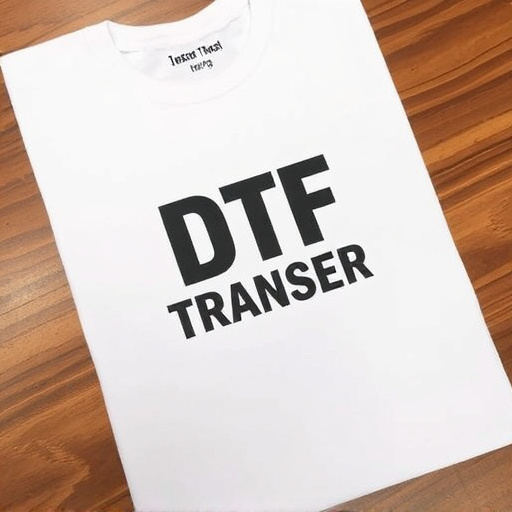
In the realm of synthetic fabric applications, Direct to Fabric (DTF) Printing presents both exciting opportunities and common challenges. One of the primary hurdles is achieving high-quality DTF Transfer onto diverse synthetic materials. Solving this involves understanding the unique properties of each fabric, such as porosity and absorbency, to select appropriate inks and printing techniques. For instance, using specialized UV curable inks for their quick drying time and durability can significantly enhance results on smoother synthetics like polyester.
Another challenge lies in maintaining vibrant DTF Prints across varying synthetic types while ensuring long-lasting colorfastness. Synthetic fabrics tend to have different levels of stretch and stiffness, which can impact ink adhesion and bleeding. Overcoming this requires precise print settings and post-printing treatments, such as heat pressing or curing, to set the inks properly. Additionally, testing on samples from different fabric batches is crucial to account for variations in material composition, ensuring consistent high-quality DTF prints across all applications.
Case Studies: Successful Implementaion of DTF Transfer on Synthetic Fabric Products

In recent years, the application of Direct to Fabric (DTF) transfer printing has seen remarkable success in enhancing synthetic fabric products. Numerous case studies highlight the effectiveness and versatility of DTF technology, demonstrating its ability to produce vibrant, long-lasting DTF prints on a variety of synthetic materials. From athletic wear to outdoor gear, manufacturers have embraced DTF Printing as a game-changer in the apparel industry.
These successful implementations offer valuable insights into the potential of DTF Transfer. High-quality DTF prints, with their rich colors and crisp details, not only elevate the aesthetics of synthetic fabrics but also ensure product durability. Case studies demonstrate that this printing method can withstand rigorous washing and outdoor exposure, making it ideal for performance-oriented garments. The adaptability of DTF Transfer across different fabric types and design complexities further solidifies its position as a preferred choice in modern synthetic fabric applications.


